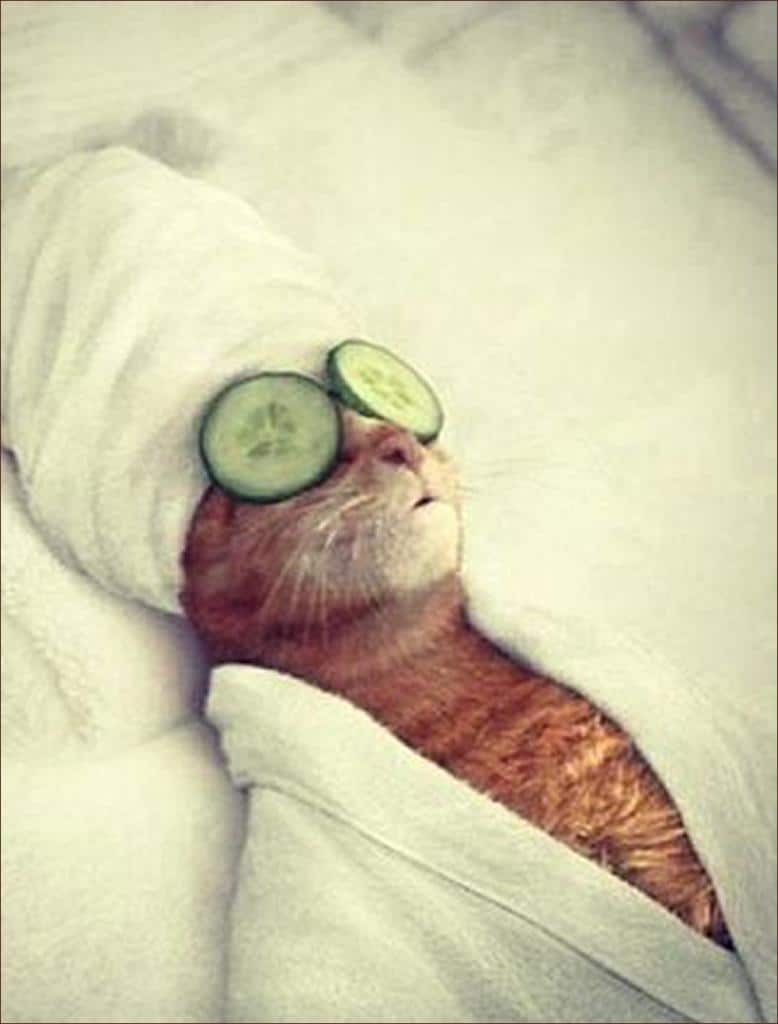
Dark Eye Circles
Dark circles around the eyes is a common problem. What causes these dark circles and what can we do to improve them?
There are 3 categories or types of dark under eye circles.
1. Discoloration from darkening of the pigmentation
2. Discoloration from prominent vasculature
3. Discoloration from structural changes in the periorbital area
As one ages, the appearance of dark circles may increase for a number of reasons. With age collagen production slows and the already thin skin of the the periorbital area thins further. The periorbital fat moves, diminishes or prolapses, thereby exposing the underlying vessels. This vasculature can cause this periorbital discoloration. With every year that passes, the bony structures of the face change and move.
So why do we see dark circles?
CAUSES OF DARK EYE CIRCLES
• Hereditary: Individuals of Asian and African skin types are predisposed to having periorbital hyper pigmentation. Having a genetic trait of very thin lower eyelid skin allows the veins to show through resulting in a darker appearance.
• Hyperpigmentation in the skin beneath the lower eyelids. Environmental factors such as sleep, nutrition, sun exposure, and smoking contribute to secondary hyperpigmentation. Vitamin deficiencies that have been associated with dark circles include vitamin B12, E, K, and D.
• Poor circulation to the lower eyelid. Seasonal allergies and nasal congestion are the most common cause of dark under eye circles. The congestion, even when minor, causes the veins which drain from the eyes into the nose, to increase in size and become darker.
• Hallowness or the sunken appearance of the eyelids: This can be more prominent in individuals who have high cheekbones. As one ages the eyelid cheek junction elongates and the appearance of a tear trough becomes more prominent
What can we do to improve the appearance of these dark circles?
• Reduce exposure to the sun, wear a broad spectrum sunscreen with UVA and UVB protection all the way to the lash line, and wear sunglasses
• Get your 7-9 hours of beauty sleep: the less you sleep, the paler you look and the more you notice darkness beneath the eyes. If you notice puffiness with the dark circles, try sleeping on the back instead of on your sides and use a pillow to elevate the head.
• Nutrition: Drink plenty of water and pack in the antioxidants. Minimize salt and alcohol in your diet. These culprits lead to water retention, exacerbate swelling and reduce circulation. If you have been a little naughty and the puffiness returns the next day, you can chill a teaspoon in ice water and use it to place on your eyelids for about 10 minutes to help diminish the puffiness and cause constriction of the blood vessels.
• Smoking: If not for other health reasons, stopping smoking will greatly improve the quality of your skin.
• Check for allergies and sinus related issue. These are very common. Treat hay fever with over the counter antihistamines as they can make the eyes puffy and darker from the dilated blood vessels.
• In individuals with thin eyelids and prominent vessels, the thicker the skin, the less visible the vessels will be. Apply a prescription strength retinoid to help build collagen, plump the skin and simultaneously reduce the appearance of fine lines and wrinkles. Or try an over the counter retinol like RoC Retinol Correction Eyecream
• Skin lighteners such as hydroquinone, Kojic Acid can be used. Be patient as these can take months to work.
• Peels can be used to help exfoliate the top layer of skin and lighten the periorbital area. Periorbital darkness responds well to low concentration TCA (tricholoroacetic acid). Be prepared for a weeks downtime with such a procedure.
• Often dark circles are about volume loss in the periorbital area and not from color change. As one ages the orbital bone becomes more prominent creating a hallow tear trough. Tear troughs can be treated with the injection of hyaluronic-acid fillers (like Restylane or Juvederm) to re-plump the area and push the skin up and away from the blood vessels. However care must be taken to minimize the risk of blue tinge (tinsel effect) which can be seen sometimes when fillers are injected beneath the skin around the eyes. The use of Platelet Rich Plasma injections either alone or in conjunction with hyaluronic acid fillers can be used to diminish the appearance of dark circles. Fat transfers have also been used as a more permanent treatment.
• Radiofreqeuncy: 4-6 treatments are needed to help boost collagen growth and diminish the appearance of dark circles and tighten the skin around the eyes.
• Lasers: the Q-switched pixel or in motion pixel, which destroy pigment cells and even out skin tone with a beam of light energy, can be used to tighten and thicken the skin around the eyes.
• Make-up: Shadows caused by pigment are usually brown and using a slightly peachy or yellow concealer helps counteract them.
• If you have eye bags that develop suddenly without any underlying cause it is important to follow up with your GP to check for kidney or thyroid related issues.